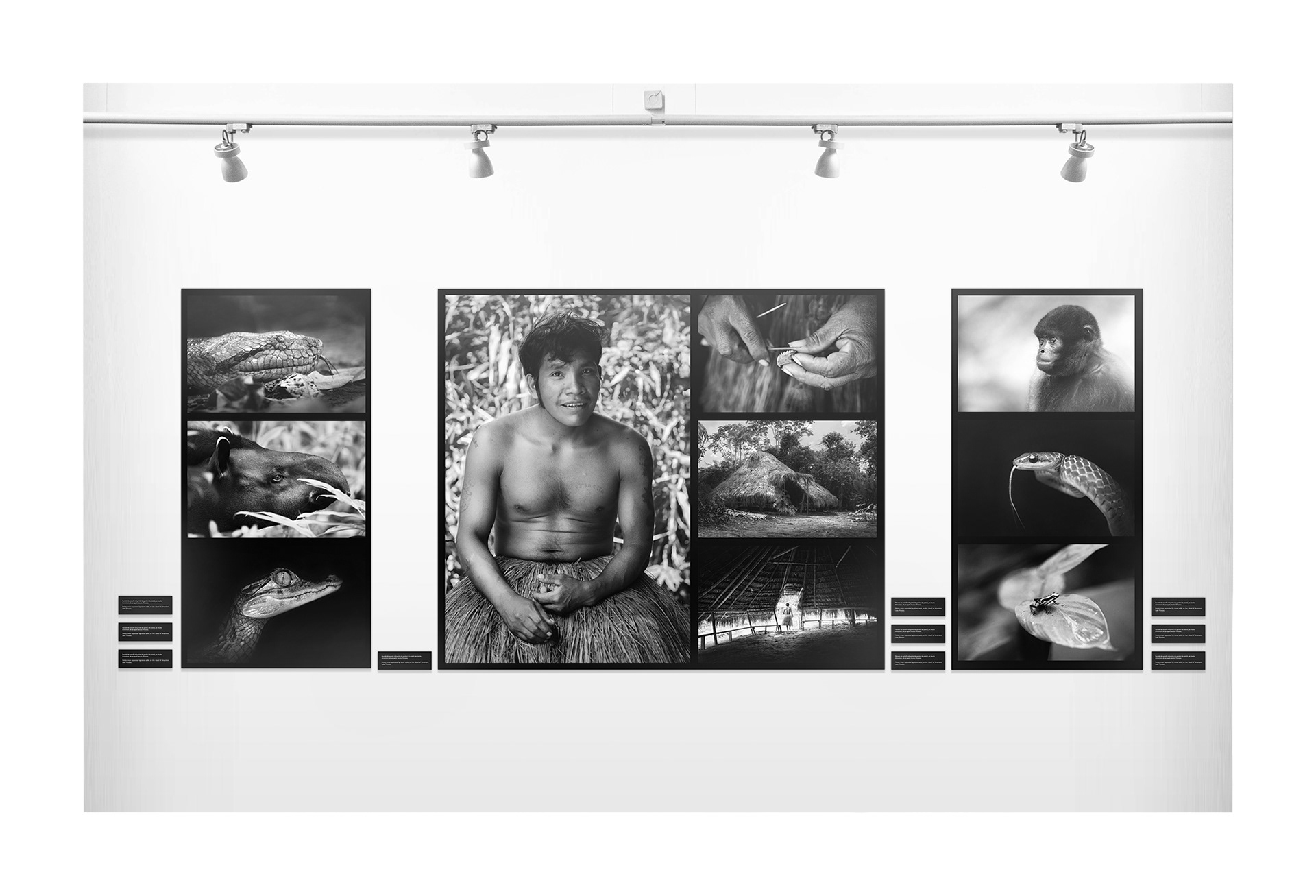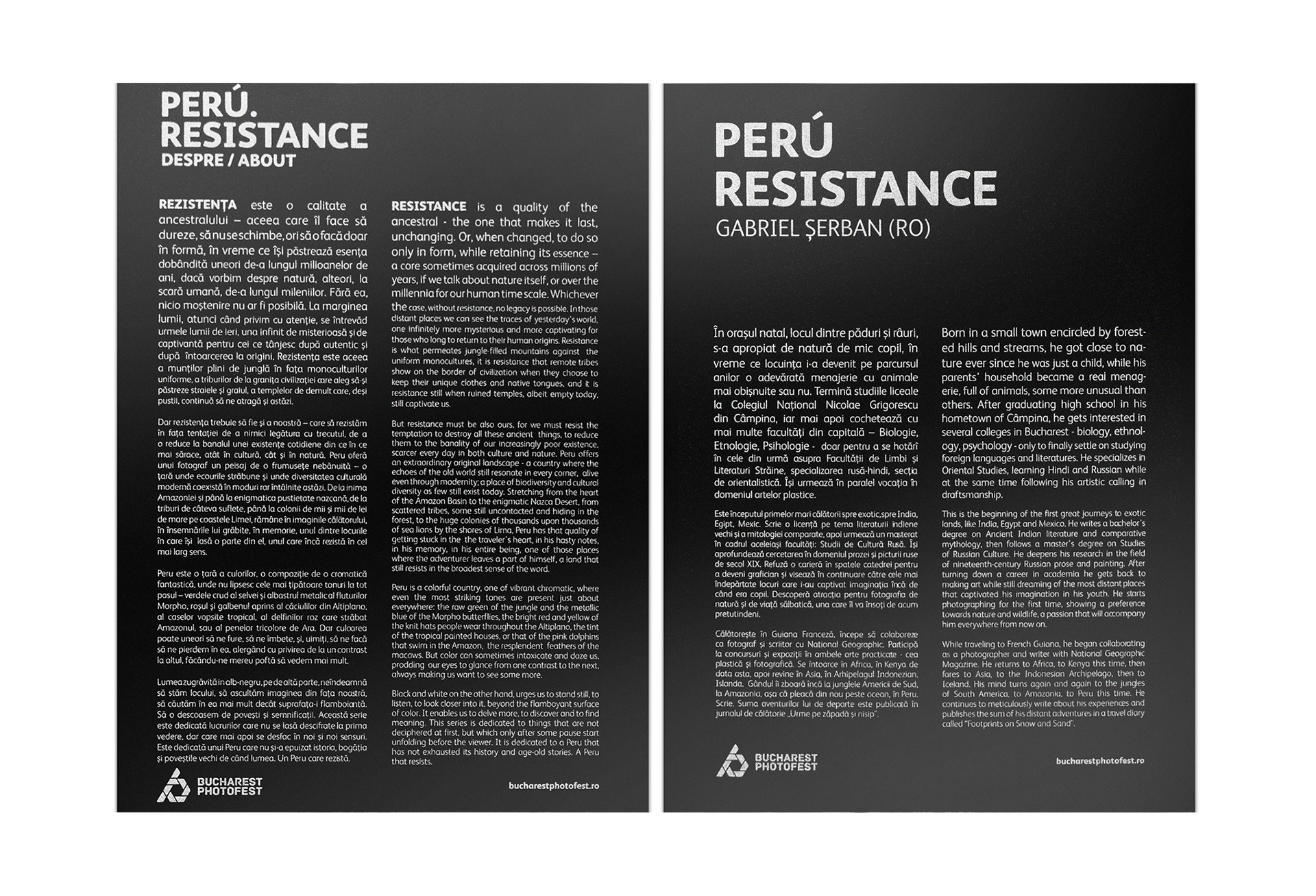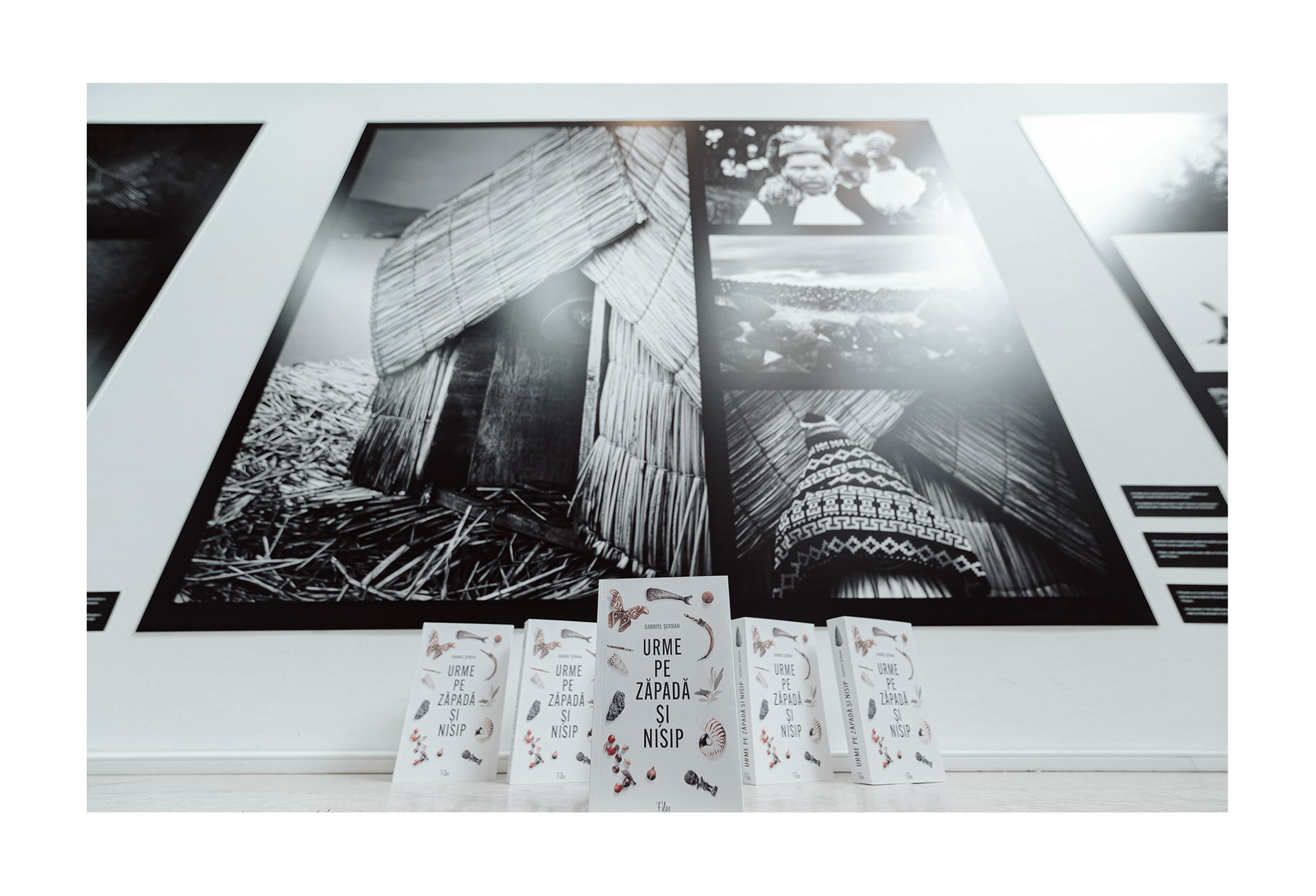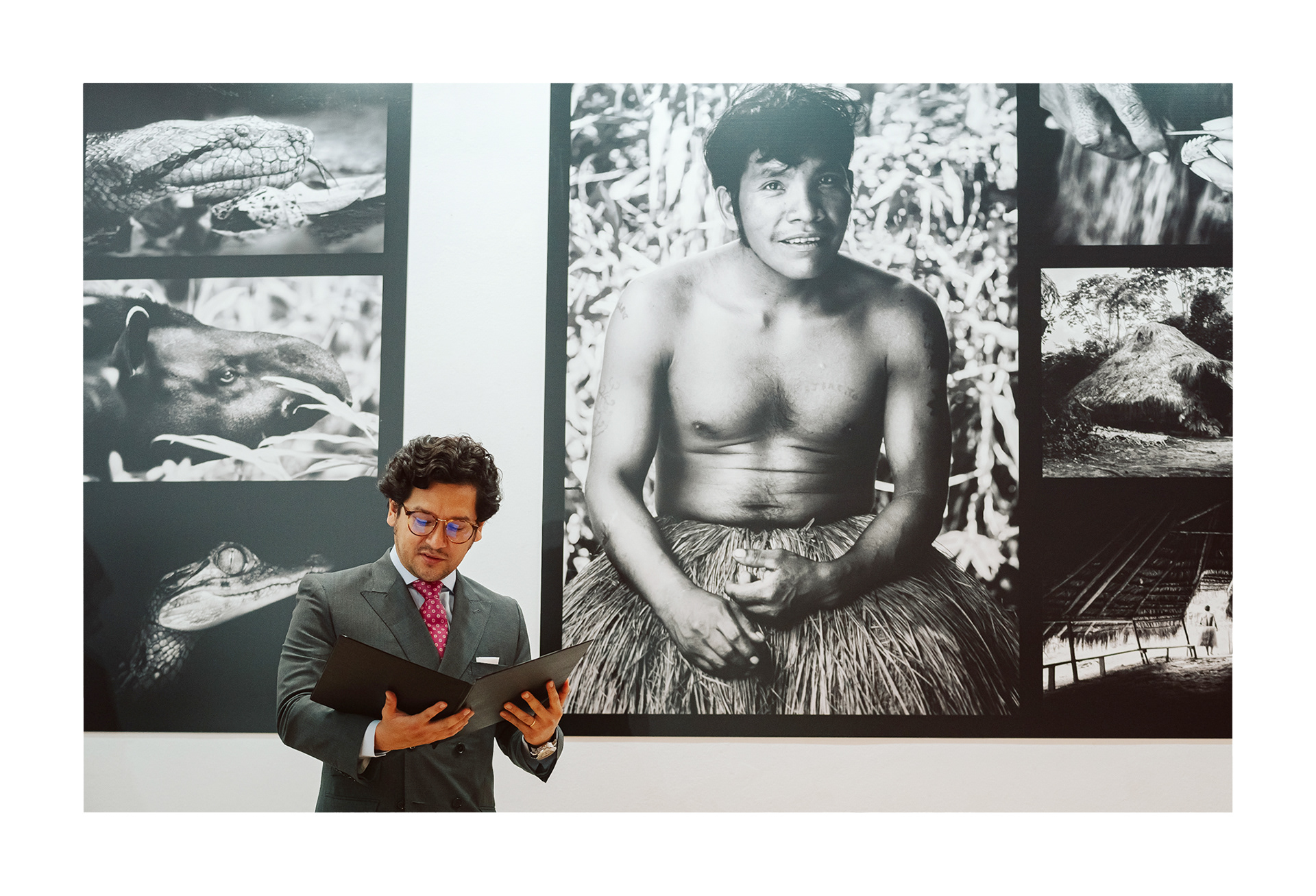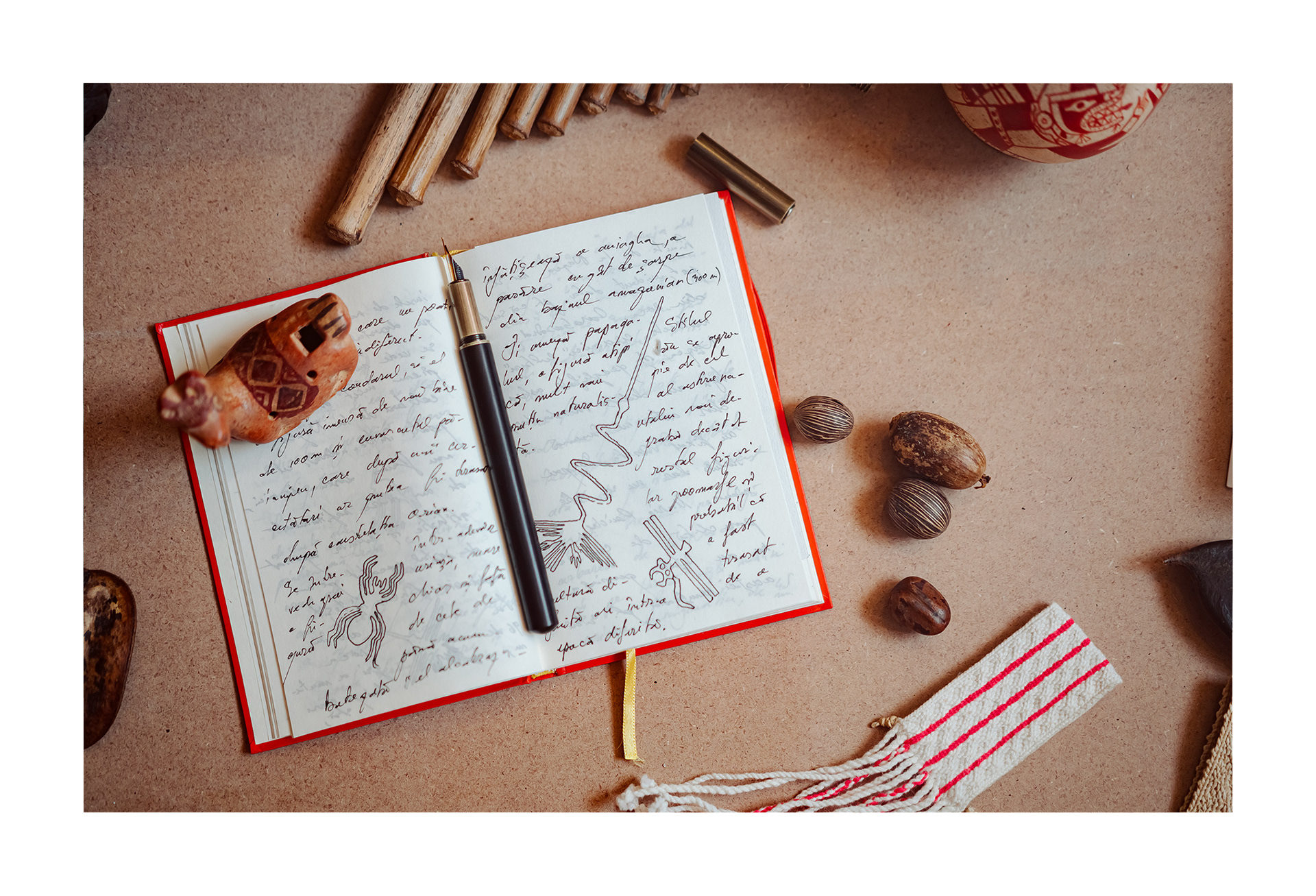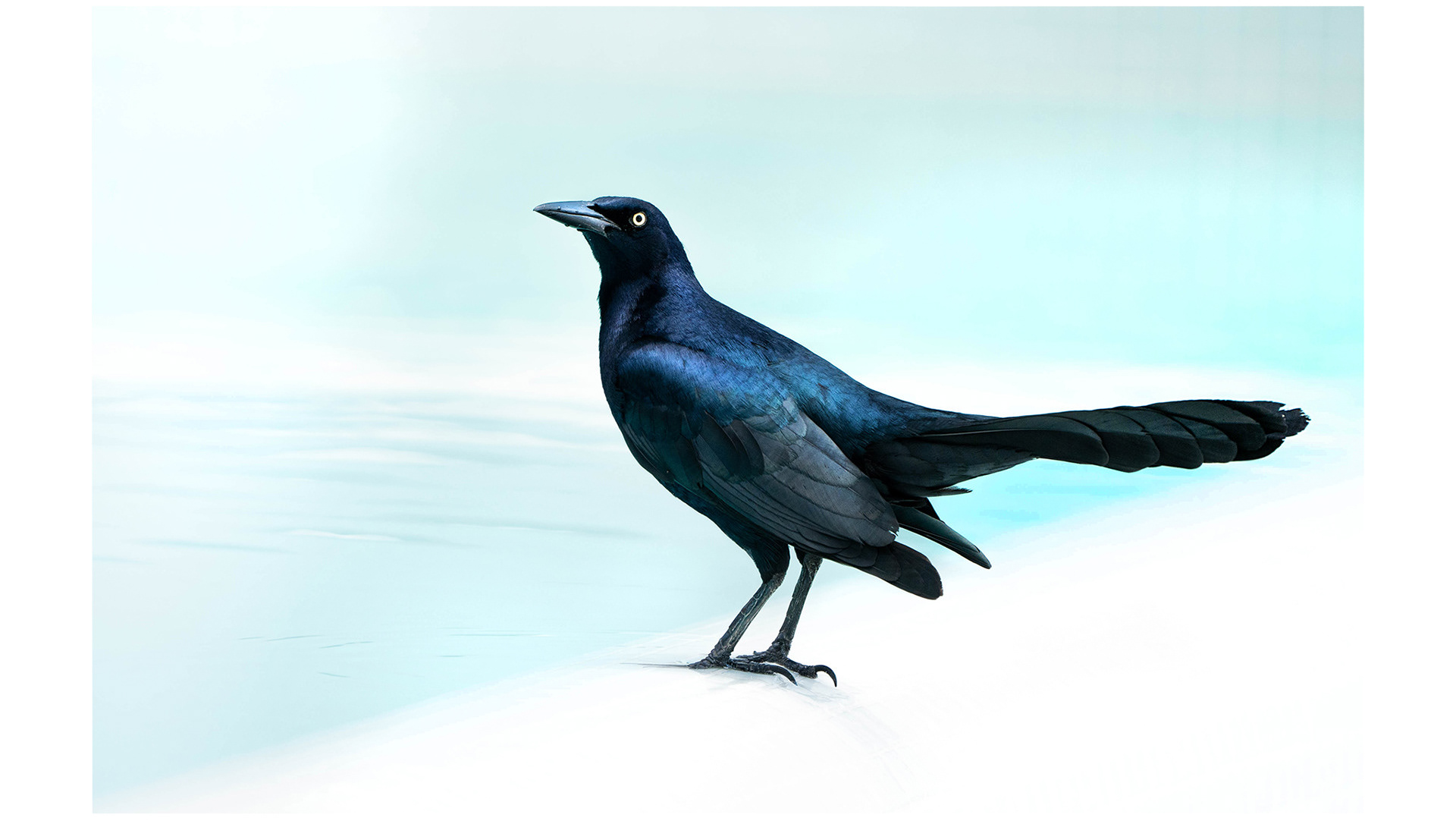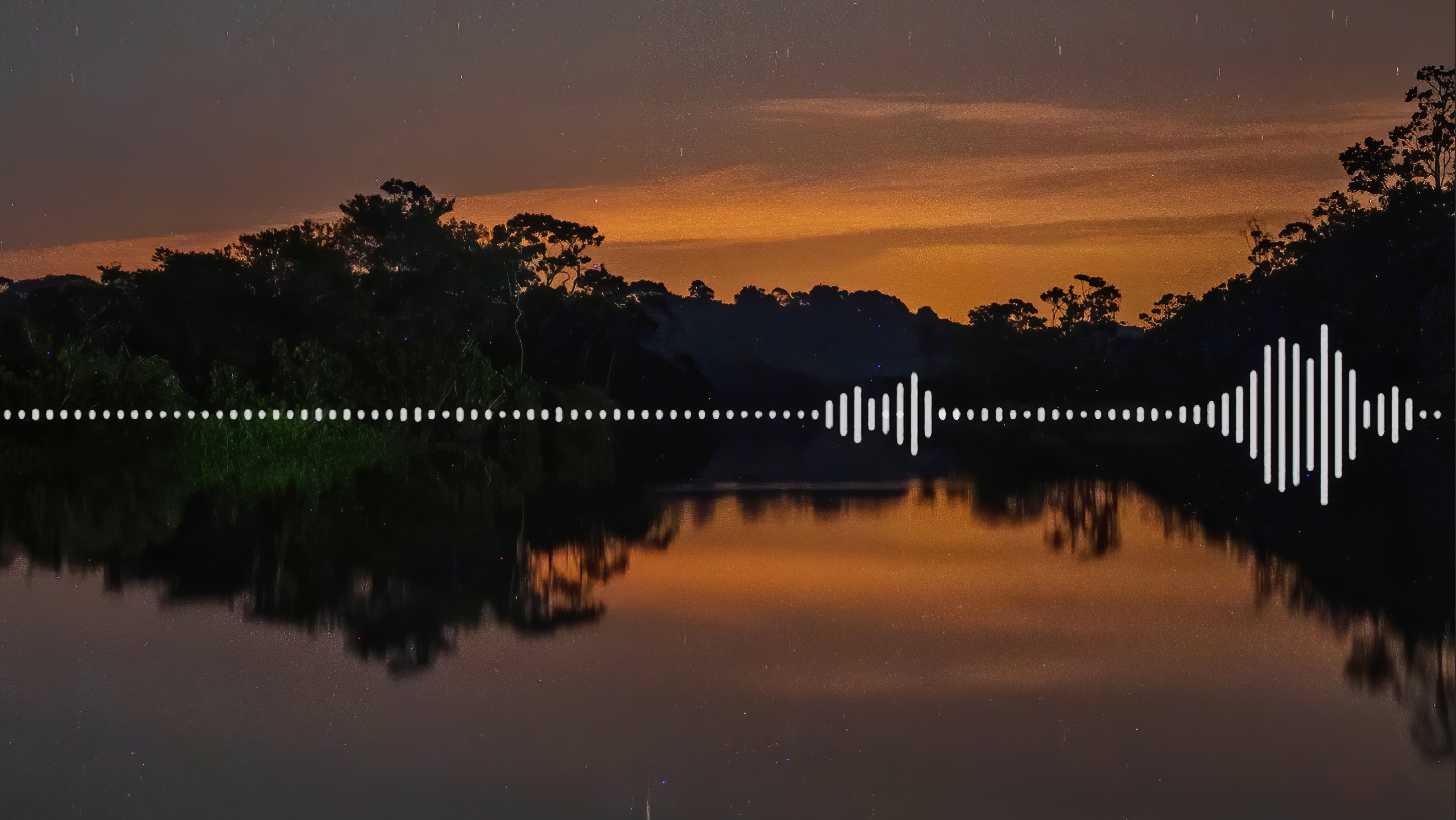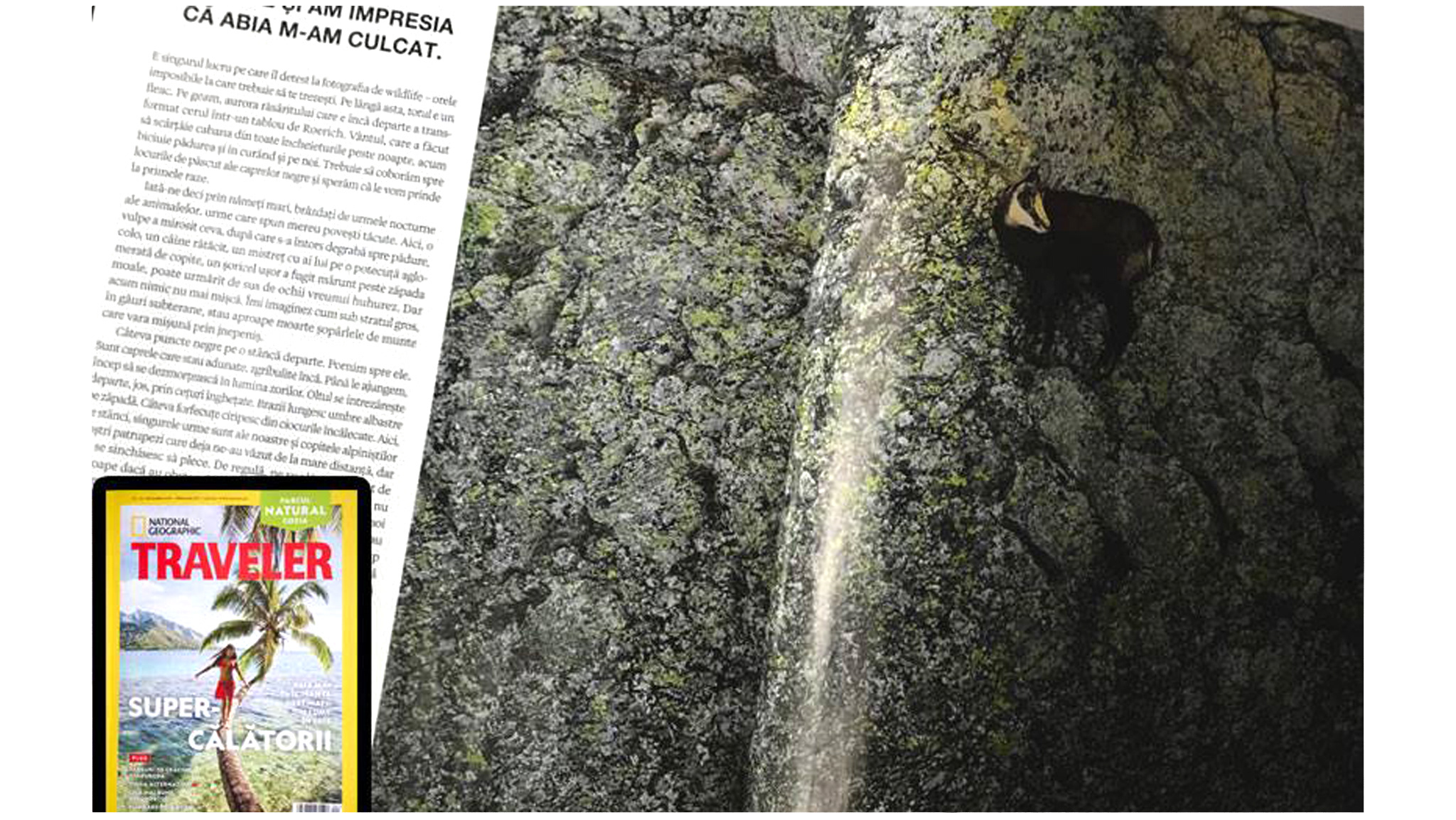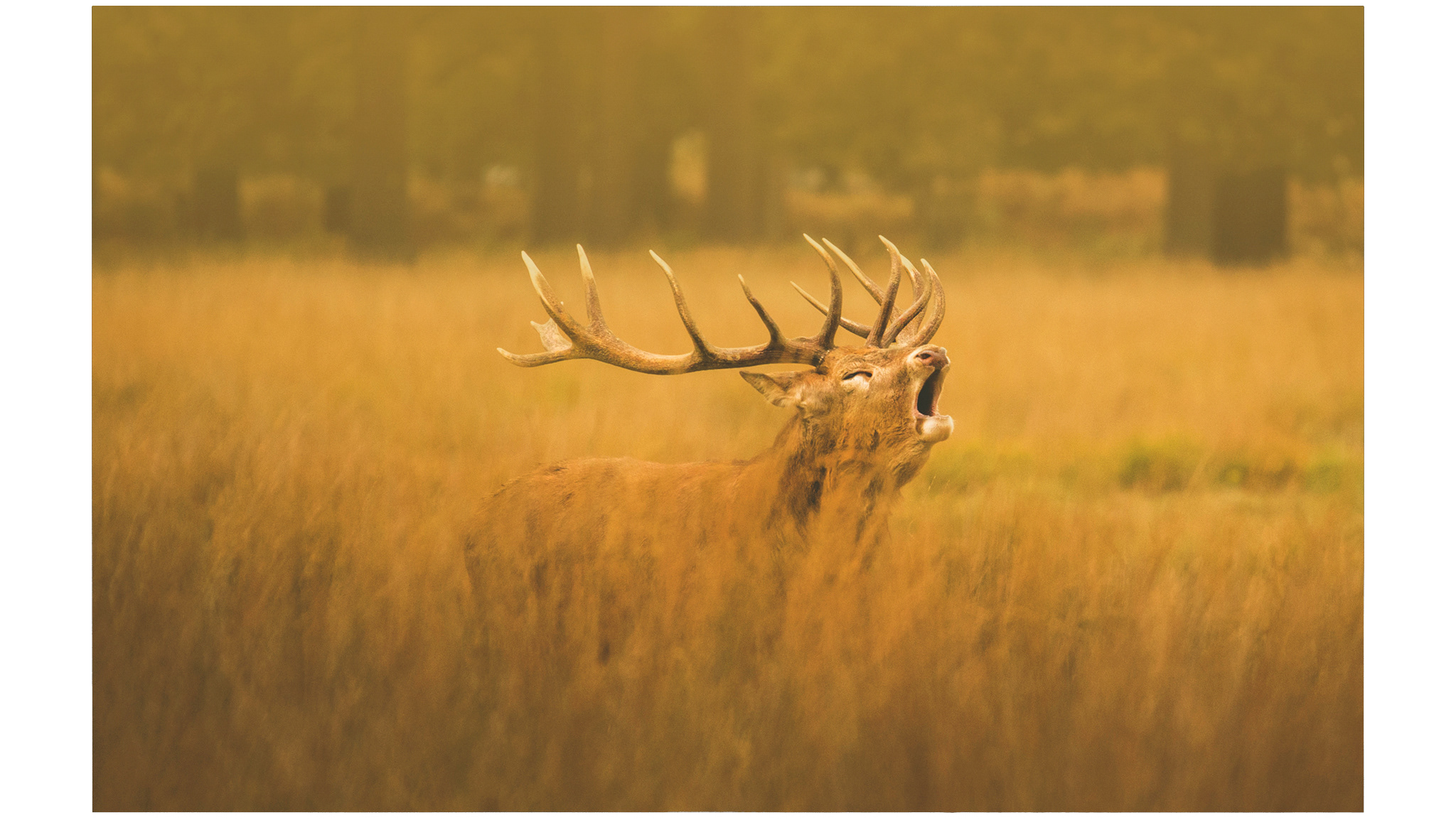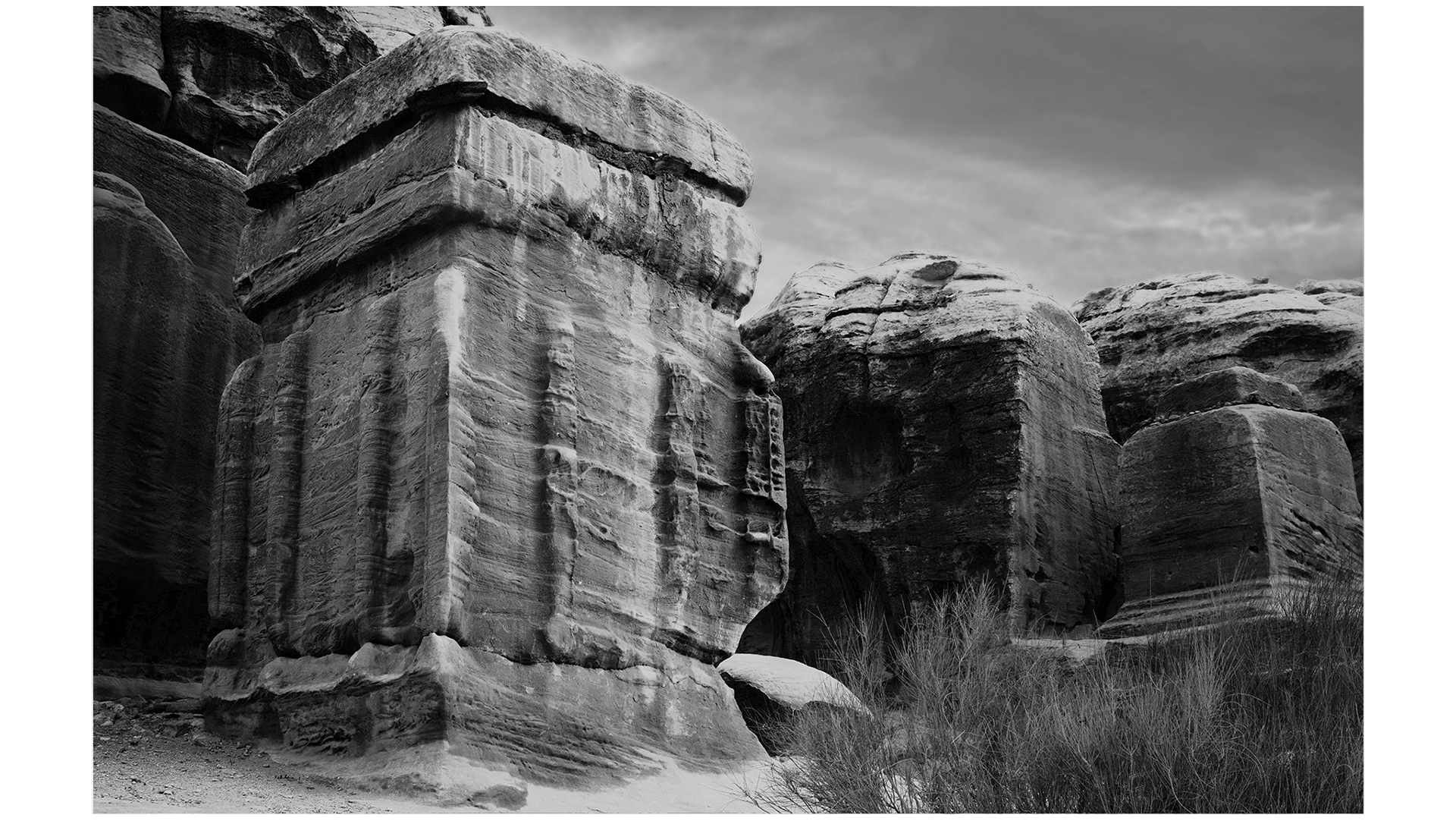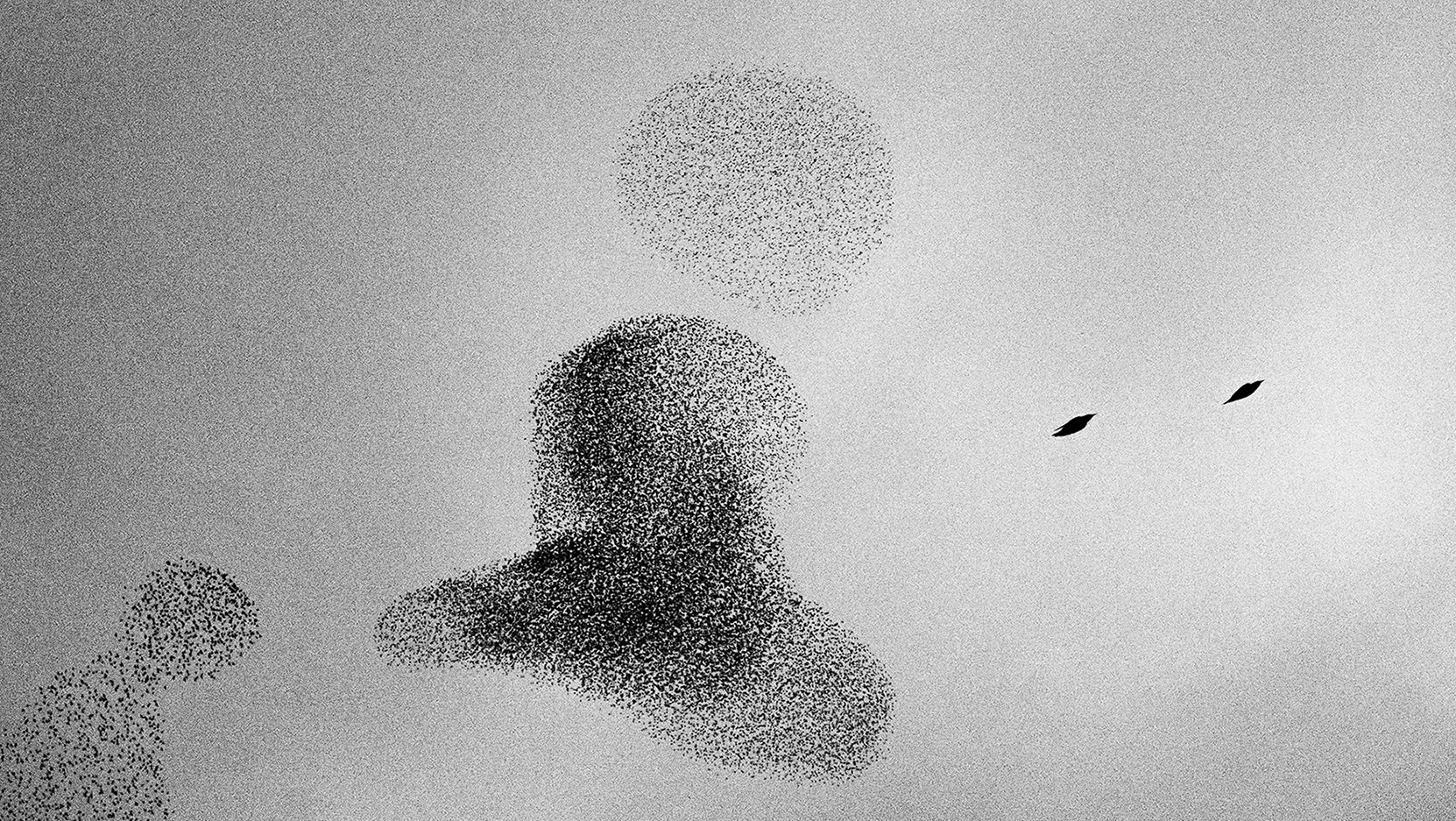RESISTANCE is a quality of the ancestral - the one that makes it last and not change, or when it does, then to change only in form, while retaining its essence – a core sometimes acquired across millions of years if we're talking about nature itself, or over the millennia for our human time scale. Whichever the case, without resistance, no legacy is possible. In those distant places, only when we look carefully, we can see the traces of yesterday's world, one infinitely more mysterious and captivating for those who long for the authentic and crave to return to the origins. Resistance is what permeates jungle-filled mountains against the uniform monocultures, it is resistance that remote tribes show on the border of civilization when they choose to keep their unique clothes and native tongues, and it is resistance still when ruined temples, albeit empty today, still call us.
But resistance must be also ours, for we must resist the temptation to destroy all these ancient things, to reducet hem to the banality of our increasingly poor daily existence, scarce in both culture and nature. Peru offers an extraordinary original landscape - a country where the echoes of the old world still resonate in every corner, alive even through modernity; a place of biodiversity and cultural diversity as few still exist today. Stretching from the heart of the Amazon Basin to the enigmatic Nazca deserts, from scattered tribes, some still uncontacted and hiding in the forest, to the huge colonies of thousands upon thousands of sea lions by the shores of Lima, Peru has that quality of getting stuck in the heart of the traveler, in his hasty notes, in his memory, in his being, one of those places where the adventurer leaves a part of himself, a land that still resists in the broadest sense of the word.
Peru is a colorful country, one of vibrant chromatic, where even the most striking tones are present just about everywhere: the raw green of the jungle and the metallic blue of the Morpho butterflies, the bright red and yellow of the knit hats people wear throughout the Altiplano, the tint of the tropical painted houses, or that of the pink dolphins that swim in the Amazon, or, at last, the resplendent feathers of the macaws. But color can sometimes intoxicate and daze us, make one lose oneself in it, prodding our eyes to glance from one contrast to the next, always making us want to see some more.
Black and white on the other hand, urges us to stand still, to listen, to look closer into it, beyond the flamboyant surface of color. It enables us to delve more, to discover and to find meaning. This series is dedicated to things that are not deciphered at first, and only after start unfolding before the viewer. It is dedicated to a Peru that has not exhausted its history, wealth and age-old stories. A Peru that resists.
Resistance was the theme for the 6th edition of Bucharest Photofest. We are glad to have had with us both a great crowd, all the support of the Peruvian Embassy in Romania and the Minister of Culture. The exhibition has been hosted by the National Museum of the Romanian Peasant, in Bucharest.



